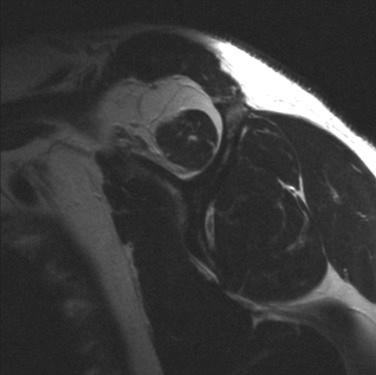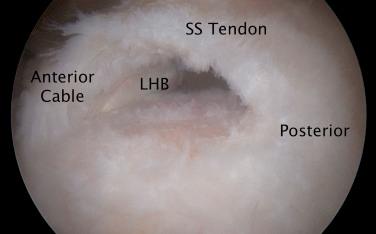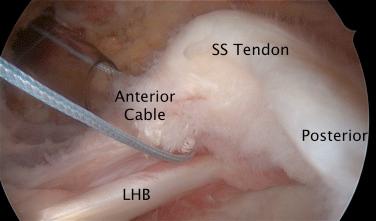Physical Address
304 North Cardinal St.
Dorchester Center, MA 02124
Rotator cuff disease is prevalent in the aging population and is the most common cause of shoulder disability. Considerable controversy exists in the orthopedic community regarding the optimal management of rotator cuff pathology. By studying the natural history, we can better understand risk factors for tear enlargement and the progression of irreversible muscle changes with time. This allows the refinement of surgical indications and provides insight into the risks and benefits of the different treatment options.
Both cadaveric and in vivo imaging studies have been used to define the prevalence of rotator cuff disease. The finding that age is associated with increased prevalence of rotator cuff pathology is consistent across these studies. A recent population-based study further supported this finding and demonstrated that 25% of patients older than 60 years of age and 50% of patients older than the age of 80 were found to have rotator cuff tears.
Yamaguchi et al. performed bilateral shoulder ultrasounds on patients presenting with unilateral shoulder pain, and demonstrated an incremental increase in cuff tearing with age. The average age of patients with bilaterally intact cuffs, unilateral cuff tears, and bilateral cuff tears demonstrated an almost perfect 10-year distribution and was 48.7, 58.7, and 67.8 years of age, respectively.
Another consistent finding throughout the literature is a relatively high prevalence of asymptomatic rotator cuff tears. Because these patients have no pain, have acceptable shoulder function, and do not require treatment, prospective evaluation of these shoulders has provided invaluable information regarding the natural history of degenerative rotator cuff disease.
Kim et al. mapped the common locations of degenerative rotator cuff tears with ultrasound by measuring the distance from the anterior tear edge to the biceps tendon. Analyzing 272 patients with full-thickness tears of various sizes, they found that the region 13 to 17 mm posterior to the biceps tendon was most frequently involved. Additionally, only 30% of tears involved the most anterior aspect of the supraspinatus.
This finding has several implications:
The area 13 to 17 mm posterior to the biceps tendon lies either at the junction of the supraspinatus and the infraspinatus or predominantly within the anterior infraspinatus based on anatomic studies of the rotator cuff footprint.
This area correlates to the middle of the “rotator crescent” tissue as described by Burkhart, as opposed to the “rotator cable,” which is a thicker band of tissue spanning from the anterior supraspinatus to the posterior infraspinatus.
The crescent tissue is thinner, more avascular, and lateral to the cable and is likely to degenerate with age in certain individuals.
These data suggest that rotator cuff tears initiate at the middle of the crescent tissue and likely enlarge both anteriorly and posteriorly from that point.
Muscle degeneration has important prognostic consideration for patients undergoing rotator cuff repair surgery as advanced degeneration has been linked to lower rates of tendon healing.
Both tear size and tear location have been associated with patterns of fatty degeneration of the supraspinatus and infraspinatus muscles.
Tears with disruption of the anterior supraspinatus tendon consistently demonstrated more advanced degeneration of the supraspinatus ( Fig. 4.1 ).

Infraspinatus degeneration was more closely linked to the sagittal plane size (anterior to posterior length) of the tear. Larger tears with propagation into the infraspinatus footprint are more likely to have both supraspinatus and infraspinatus muscle degeneration. These data underscore the importance of the integrity of the anterior supraspinatus tendon, which represents the supraspinatus contribution to the rotator cable attachment ( Figs. 4.2 and 4.3 ).


Become a Clinical Tree membership for Full access and enjoy Unlimited articles
If you are a member. Log in here